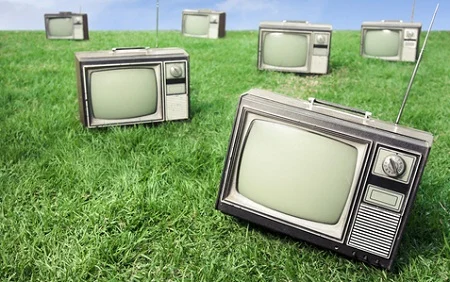Use of consumer electronics (CE) devices like Blu-ray players, video game consoles, set-top boxes computers and peripherals are on the rise.
However, according to a new report commissioned by the Consumer Electronics Association (CEA), such devices only account for a relatively small share – roughly 13 percent – of the average US home’s electricity consumption.

The study, conducted by the Fraunhofer Center for Sustainable Energy Systems, showed that there are approximately 2.9 billion consumer electronic devices in use in US households, with an average of 25 devices per household, including battery-operated CE devices.
Home use of these devices accounted for 13.2 percent of overall residential electricity consumption, with televisions accounting for 34 percent of that total, personal computers 16 percent, and set-top boxes 13 percent.
An interesting factoid: according to the study, the estimated installed base of televisions rose to 353 million in 2010 from 342 million in 2009, while unit energy consumption declined slightly because of the shift from legacy cathode ray tube TVs to more efficient flat-panel models.
The energy efficiency gains of this trend were detailed in a separate study earlier this year, “Power Consumption Trends in Digital TVs.”
And there’s more good news on the horizon, even as our appetite for CE devices increases, as both reports mirror the predictions of the Brattle Group, which last month estimated that US energy consumption will drop five to 15 percent by 2020, due to an increase in ENERGY STAR appliances, less usage of incandescent light bulbs, incentives that encourage users not to consume as much energy during peak hours and other programs that raise awareness of people’s energy consumption.
More information is available online.






